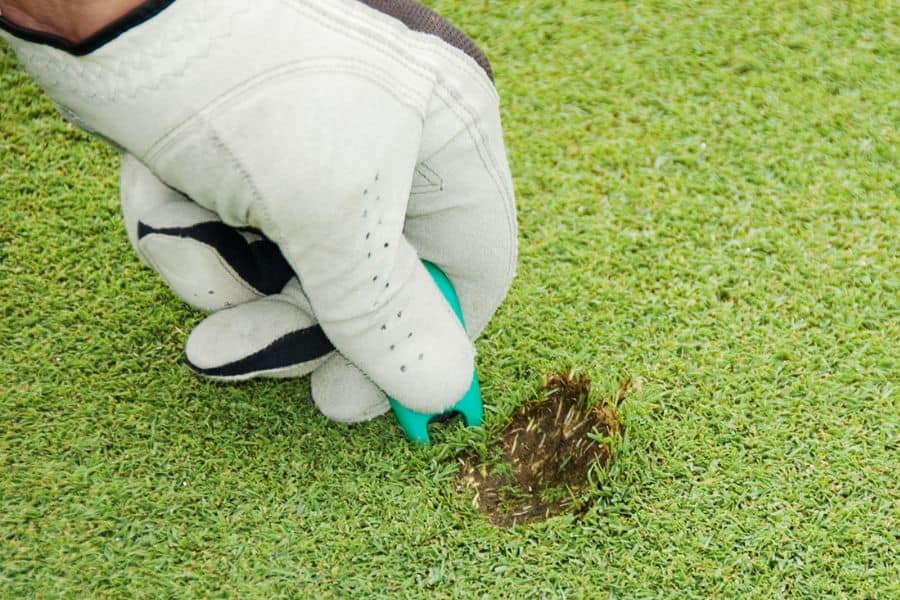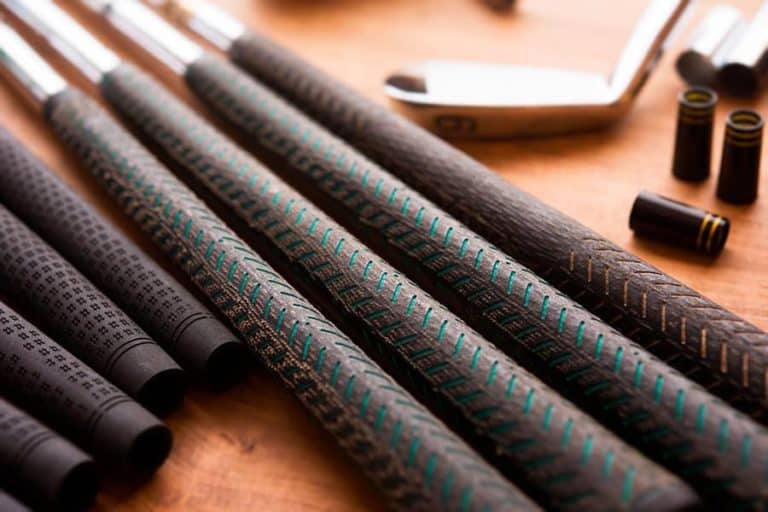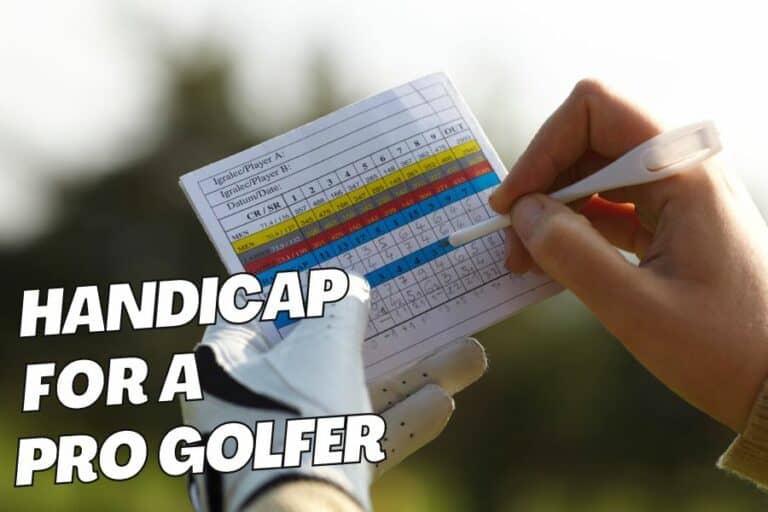Golf Divot: Everything You Need To Know

Golf divots play an important role in golf, providing vital feedback for golfers about their shots. Learn about them to get better shots.
A golf divot is a patch of turf that is removed or displaced from the ground by the impact of a golf club during a swing.
Divots are generally considered a necessary byproduct of the game of golf, as they are caused by the club striking the ground to propel the ball forward.
However, they can also be a source of damage to the golf course, so it is important for golfers to repair divots to maintain the quality of the course.
This guide will provide an overview of different types of divots, tips on using them correctly and safely, and where you can purchase the divot tool.
History of the term – “Divot”
Divots have a long history, stretching back to the 1500s in Scotland. Interestingly, the word divot originally referred not to golf but to roofing. Back then, shingling a house with pieces of sod was normal practice in construction. These pieces of sod cut out of the ground were referred to as divots.
What do divots tell about the swing path issue?
Divots provide feedback to most golfers about their shots and can help them understand where their shots land and how far they go.
Here are some ways to interpret the placement of your divot in relation to the position of the ball before you hit it.
In front
The good divot should begin just ahead of the golf ball’s resting spot, which implies that your club hit the ball before making contact with the ground. This generally indicates that your shot was struck firmly and closer to the center of the club.
Behind
If the divot appears behind the ball, you have hit it incorrectly (this mistake is commonly known as “heavy” or “fat”).
When a divot begins behind the swing, it can be challenging to achieve a decent shot. Commonly, players may experience poor results, such as a thick, heavy, or dropped shot. Additionally, the divot will not travel as far as it usually would.
Direction
For right-handers, if your divot points left of the target, you’ll likely cut across the ball and have a descending blow with an outside-to-inside swing path. This might lead to a fade, slice, or pull.
On the other hand, if your divot points right of the target line, you have most likely taken an inside-to-outside swing path which may result in a draw, hook or push.
Note: Regular divot maintenance is necessary to keep the course in good condition and ensure they do not pose a hazard to other players.
Hitting Divots with Irons
When swinging an iron or wedge, it is common for golfers to create a divot. But hitting with the irons can be a little frustrating since it can drive the ball into difficult spots on the course. You may have to search for the ball in the deep rough bunkers instead of green.
The impact of an iron or wedge on a golf ball causes a thin layer of turf to be scraped off the ground as the swing bottoms out. This is because these clubs are designed to send the ball away with a descending path; when the iron strikes the ball, it continues in its downward motion, resulting in a slight indentation in the turf as the swing reaches its endpoint.
Your swing path generally determines the extent of the divot you take with your irons. In general, players will typically create some form of the divot with their irons. When using a longer iron, such as a three or 4-iron, the divot may be small and appear more as a scuff mark on top of the turf.
This is because the angle of attack on the ball is less steep. Conversely, when using a short iron or wedge, a larger divot may be created as the angle of attack on the ball is steeper.
Difference between Divot vs. Divot Hole
Generally speaking, the term “divot” is commonly used in golf to refer to the dislodged piece of turf when a golfer strikes the ball. This piece of turf, along with the resulting hole or depression left behind, is also referred to as a “divot hole.”
When a golfer hits a shot that lands on or in a divot hole, it is considered bad luck, as the ball may not travel as far or as accurately as it would have on a smooth surface.
According to the rules of golf, if a golfer’s ball comes to rest on or in a divot hole, they are not allowed to move the ball. They must play the ball as it lies.
This means that the golfer must make their best effort to hit the ball out of the divot hole and continue playing the hole. In this situation, there is no provision for a golfer to take a drop and move the ball to a better location.
However, golfers are expected to help repair the divot holes they made. This is, so the course remains fair and enjoyable for other golfers.
Other Uses of Golf Divot
A “nice divot” refers to a clean and thin turf displaced from the ground when a golfer strikes the ball and remains in one piece. Replacing and repairing the divot created by their shot is essential for a golfer. This is referred to as “fixing a divot” or “repairing a divot.” Creating a divot is known as “taking a divot.”
What is a Divot Tool used for in Golf?
A divot tool is an important accessory that every golfer should carry in their bag. However, it’s worth noting that these divot tools are misnamed, as they are not used for repairing divots. Instead, they are used to fix ball marks and pitch marks on the putting green.

These small indentations caused by the impact of a golf ball are more common on the greens, and they can affect the way the ball rolls and make it hard to read the green. This is why it is crucial to repair the ball and pitch marks.
Why Do Pro Golfers Always Take a Divot?
However, it is not necessary that pro golfers always hit perfect shots, but sometimes they are also seen hitting bad shots.
Pro golfers might take a divot because it signifies that they are making a downward strike on the golf ball.
A divot indicates that the club is descending into the ball at impact, which helps to compress the ball and create a more efficient transfer of energy from the club to the ball. This can result in a higher ball speed and more distance on the shot.
In addition to providing a visual cue for proper ball striking, taking a divot also helps to square the clubface to the target line, which is essential for accurate shots.
Conclusion
A golf divot is an indentation left on the turf of a golf course when a golfer takes a swing. Divots are usually the result of an impact on the ground, which can cause damage to the turf and interfere with play. As such, it is important to replace divots whenever possible to maintain the course’s integrity and prevent injury or further damage.
With some simple tools and an understanding of how to properly repair divots, every golfer can help preserve their favorite courses for future generations.








